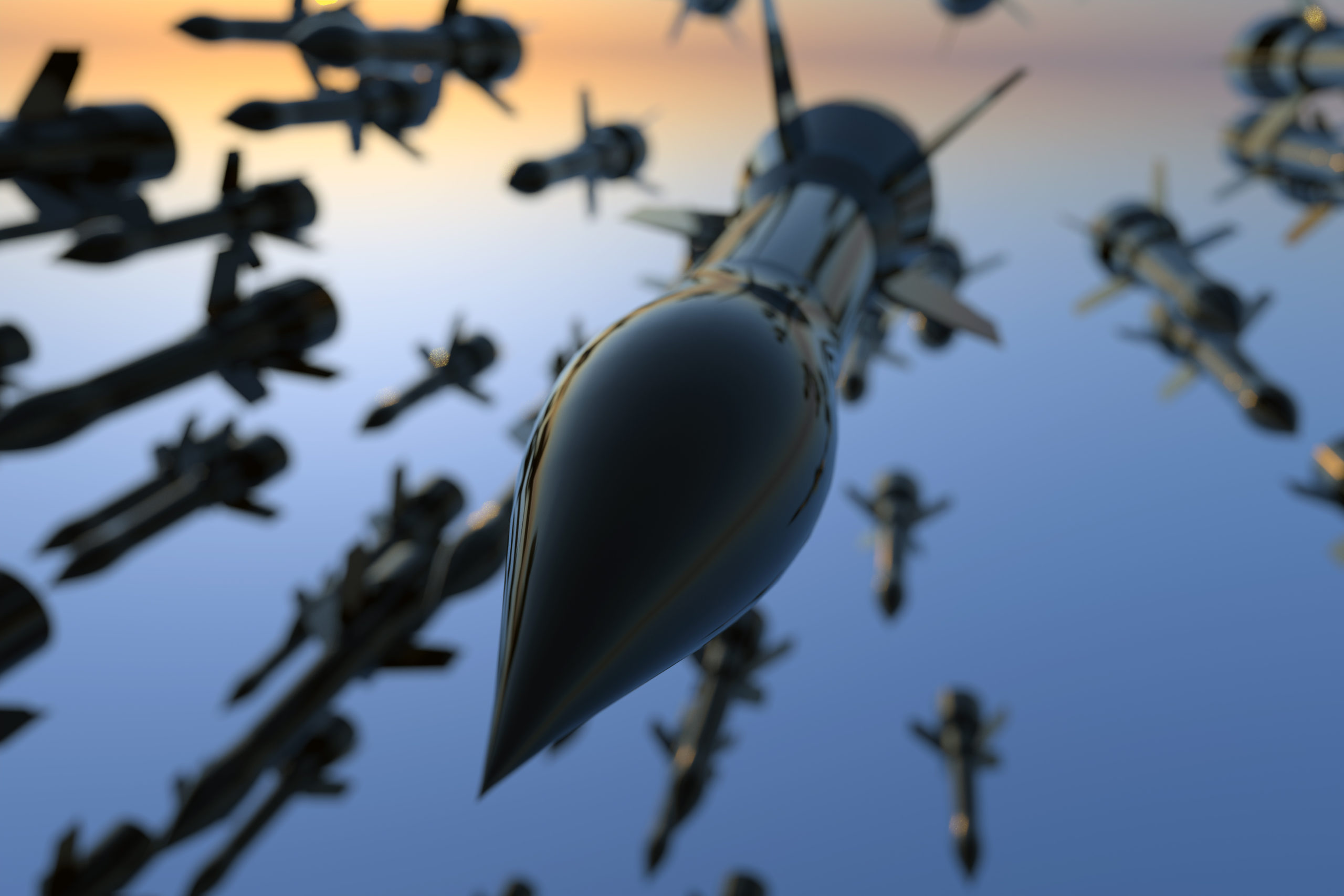Since the Challenger disaster, o-rings have come under close scrutiny in spaceflight designs and applications and they continue to play a vital role in modern spaceflight, including modern commercial spaceflight ventures such as SpaceX, Virgin Galactic, and Blue Origin.
In this week’s blog post, we will discuss o-rings in spaceflight, including problems that arise, the best materials, and more.
O-Ring Failures in Modern Spaceflight
Few would argue the importance of seals and o-rings in space shuttles and rockets. From rocket engines to the International Space Station, the ability to retain media and prevent its contamination is of vital importance. This importance was first brought to public attention through the Challenger disaster where a stiff o-ring cost multiple lives. However, o-ring issues did not end there.
In 2005, orbiter tests prior to the space shuttle Discovery’s return to flight revealed a failure that traced back to Nitrile/Buna N o-rings. Six of nine flow control valve o-rings had suffered radial cracks, with one o-ring developing problematic leak paths as a result. The cause of the o-ring issue was found to be ozone attack of Nitrile/Buna N, which is one of its susceptibilities.
Back in 2016 a Blue Origin launch was delayed by o-ring issues. Jeff Bezos reported that the rubber o-rings in the New Shephard rocket’s nitrogen gas pressurization system were leaking and had to be replaced before the launch could continue. New Shephard is the same rocket used to take Star Trek legend William Shatner on his first real space flight.
Virgin Galactic, owned by Richard Branson, discovered a very dangerous issue with the flight vehicle SpaceShipTwo when it was returned to the hangar in 2019. A critical seal running along a stabilizer on one of the wings had “come undone.” While not an o-ring, this does reinforce the importance of seals on modern spacecraft.
Operating Environment Complications for O-Rings in Spaceflight
O-rings face a very hostile environment in space, including …
- Extreme temperatures, ranging from cryogenic to high
- Wide temperature variation
- Extremely high pressures and vacuum pressures
- Vibration during launch
- Risk of permeation depending on the media involved
- Chemical attack from media such as fuels and lubricants
- Potential exposure to ozone, ultraviolet, and radiation
There are other potential issues as well. For rockets in particular, one of the challenges faced when specifying o-rings involves their ability to expand fast enough to maintain a seal even when joints (a common area of use for o-rings) move away from each other. Swelling when exposed to hydrocarbon-based greases used to protect components against corrosion can be problematic as well.
O-Ring Materials in Spaceflight
O-rings are manufactured from a diverse group of materials, including EPDM, FEPM, FFKM, FKM, Fluorosilicone, HNBR, Hytrel, NBR, Neoprene, Polyurethane, and Silicone.
Any material used in spaceflight applications, however, would need to fall within the categories of high temperature service and/or chemical service, reducing the list to materials such as …
- FEPM (trade name Aflas)
- FFKM (trade names Kalrez, Chemraz, Markez, and Simriz)
- FKM (trade names Viton, Technoflon, and Fluorel)
- Silicone.
Keep in mind, however, that other materials may be suitable that are not included in this list and the suitability of these materials is highly dependent on the application.
FEPM O-Rings
FEPM, perhaps better known by the trade name Aflas, is a copolymer of tetrafluoroethylene and propylene and often represented as TFE/P. In addition to chemical compatibility and a degree of high temperature performance, it offers excellent ozone resistance. It is known for providing excellent performance where traditional fluoroelastomers are known to fail.
FFKM O-Rings
FFKM, often referred to by trade names such as Kalrez or Chemraz, is an excellent option for applications that involve extreme pressures, extreme temperatures, and aggressive chemicals. FFKM, which is a perfluoro elastomer material, is available in various grades that offer key properties such as low permeation, low compression set, resistance to temperature cycling, and wide ranging chemical compatibility as well as resistance to explosive decompression and plasma resistance.
FKM O-Rings
Fluoroelastomers such as FKM, known to most people as Viton, can provide excellent resistance to fuels, lubricants, and oils. Another key characteristic of is extremely permeability when exposed to a range of substances that include oxygenated aircraft fuels. They also offer reliable performance at extremely high temperatures where non-fluorinated elastomeric materials will start to degrade.
In addition, FKM comes in various grades focusing on features such as low temperature resistance, fuel resistance without sacrificing necessary elasticity, and chemical resistance that is unaffected by extremely high temperatures. Such features combined have already made them a common choice in aerospace applications, including o-rings.
Silicone O-Rings
Silicone rubber o-rings have been used extensively by NASA and remain a popular choice for o-rings used in spaceflight applications. In fact, here’s a direct quote from NASA that dates back to 2010:
“Silicone rubber is the only class of space flight-qualified elastomeric seal material that functions across the expected temperature range.”
It is considered by many to be the best in-class elastomer choice for extremely harsh environments involving high temperatures and among its key properties is its ability to maintain critical mechanical properties in the presence of extreme heat. A potential issue related to the use of silicone for o-rings lies in its gas permeability.
Conclusion
O-rings are just as important to modern spaceflight as ever, and so is the importance of choosing the right type of o-ring. A failed o-ring, no matter how tiny it may seem, can lead to serious disaster and potential loss of life.
If you are looking for a reliable o-ring solution for an aerospace or spaceflight application, contact the sealing group here at Advanced EMC. Our team will work with you to explore all possible solutions, including materials beyond those discussed here. Give us a call today and let our team put their expertise to work for you.


